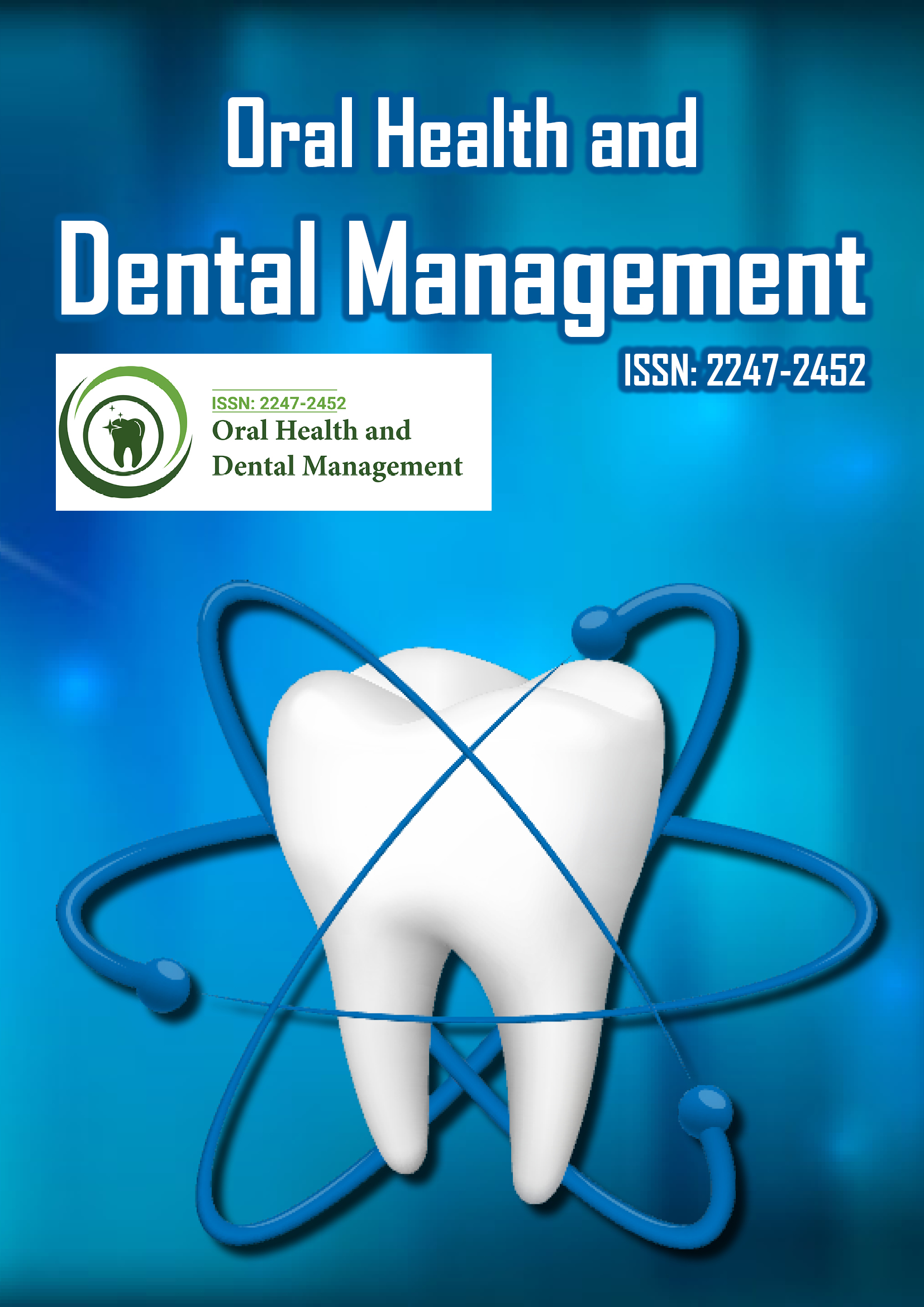Indexed In
- The Global Impact Factor (GIF)
- CiteFactor
- Electronic Journals Library
- RefSeek
- Hamdard University
- EBSCO A-Z
- Virtual Library of Biology (vifabio)
- International committee of medical journals editors (ICMJE)
- Google Scholar
Useful Links
Share This Page
Journal Flyer

Open Access Journals
- Agri and Aquaculture
- Biochemistry
- Bioinformatics & Systems Biology
- Business & Management
- Chemistry
- Clinical Sciences
- Engineering
- Food & Nutrition
- General Science
- Genetics & Molecular Biology
- Immunology & Microbiology
- Medical Sciences
- Neuroscience & Psychology
- Nursing & Health Care
- Pharmaceutical Sciences
Fracture resistance of endodontically treated teeth restored with CAD/CAM ceramill composite and cerasmart endocrown bonded with two adhesive protocols: An in vitro study
12th World Congress on Dentistry and Oral Health
August 04-05, 2016 Manchester, UK
Israa Atif Kassem
Cairo University, Egypt
Posters & Accepted Abstracts: Oral Health Dent Manag
Abstract:
Restoration of endodontically treated teeth with extensive coronal loss has always been challenging. Those teeth are considered to have a higher risk of fracture than vital teeth because of their inherently poor structural integrity, with loss of root and coronal dentin resulting from preexisting caries and/or tooth preparation. With the advent of adhesive dentistry, the need for using posts and filling cores has become less evident. Moreover, the appearance of ceramics that had high mechanical strength and were capable of being acid etched joined with the adhesive capacity of adhesive systems and resinous cements, made it easier to restore endodontically treated teeth. Thus, it became feasible to restore teeth with extensive coronal destruction by means of on lay and/or overlay restorations and, more recently, with endocrowns. This technique is easily performed, demands less clinical time when compared with conventional crowns, costs less because of the fewer number of steps involved. Even though the original technique of endocrowns described the use of porcelain, in vitro fatigue tests showed that endocrowns made of more flexible composite resin or newer resin nano-ceramic (RNC) materials may also have a great potential for this indication. With the intent of increasing the amount of information about the biomechanical behavior of these materials when used for endocrowns, the present study evaluated the fracture resistance, and failure modes of two types of CAD/CAM fabricated restorations a composite material Ceramill composite and Cerasmart hybrid ceramic; when they were submitted to an oblique compressive force.
Biography :
Email: israa.a.kassem@gmail.com
